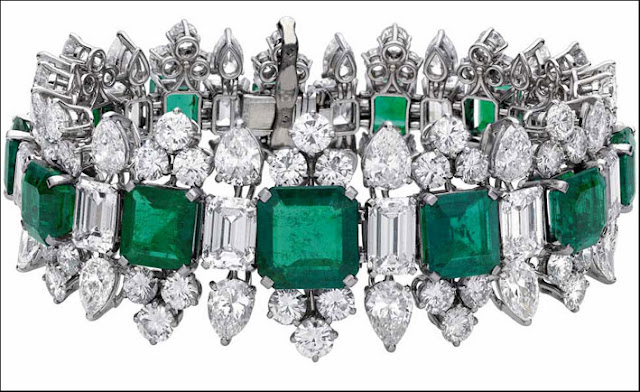Is it true that emerald cut diamonds are more suitable for astrological purposes?
We often ask Astrologers if wearing any gem according to our zodiac sign is conducive to success, family happiness, and improvement in financial conditions. Gems have to be resorted to as part of an effort to eliminate the negative impact factors caused by planetary bugs.
Putting such things aside, wearing gems beyond asteroids and constellations can lead to many negative effects and even many ups and downs in life. It is therefore advisable to consult a person who has a proper understanding of gems and come up with ideas for wearing gems in that order so that you can lay the foundation for a better future.
This valuable, green-colored gemstone from the Beryl mineral family also has a lot of meaning in western astrology. Emerald is a lucky birthstone in Western culture for persons born in the month of May. The mesmerizing aura of a vibrant green emerald gemstone is well known, as is its outstanding aesthetic value. The ancient saints and sages wrote extensively on the emerald stone's healing properties, metaphysical properties, and metaphysical properties.
The Emerald is the stone associated with May. It is one of the most valuable stones, yet not everyone is familiar with it. The following are the most important facts to know about Emeralds.
How can you spot an emerald? Is it simple to comprehend the worth and quality? No, that is not the case. Only an expert (or an unpaid disinterested) study can provide genuine judgement. Knowing the essentials, on the other hand, might help you decide whether or not to pay for an expert opinion, as well as give you an idea of the stone you're interested in.
Four C : Color, clarity (clarity), cut (cut), and carats are the four factors used to evaluate emeralds, just as they are for diamonds. However, unlike diamonds, the color of emeralds is the most noticeable aspect. If you think about it, it's the only jewel that has a color name: emerald green.
Color : The color richness and hue of emerald can vary dramatically. The most desired effect is a deep shadow. As a result, the value is linked to the color gradient: the more vivid, the more desired.
Sharpness : An emerald, like a diamond, may include inclusions or flaws. These flaws are sometimes imperceptible to the human eye, necessitating the use of powerful glasses and viewing against the stone. These tidbits serve as a form of 'fingerprint,' among other things. Internal impurities, bubbles, and scratches obviously have an impact on the stone's value.
Cutting : The term "cut" refers to how an emerald was formed in order to maximize its beauty. Only the experience of a good cutter can improve a brilliant emerald. Many people have an emerald cut that is roughly rectangular in shape and is known as the emerald cut.
Origin : Colombian emeralds are the most valuable. Mines can also be found in Zambia, Africa.
Treatments should be used with caution : The stones are frequently treated in order to improve their beauty. The so-called heat treatment (that is, heat treatment) is one of these techniques: it involves heating the stone to increase its color and clarity. The Dip Diffusion Treatment, on the other hand, entails the use of stone additives such as beryllium with the goal of obtaining hues that are completely different from the originals, usually of a rare nature. The hue orange, for example, is associated with sapphires. Professionals recognize these two procedures, which are detailed in the certificate issued by the gemology laboratory that inspected the stone.
credit; third party
Source : The emerald is one of the seven treasures in Buddhism, and it is associated with wisdom. The name emerald is derived from the Latin word smaragdus which is derived from the Greek word o. (smaragdos). However, the Greek word comes from izmargad, a Semitic name, or maragata, a Sanskrit phrase (old Indian language) that means Green Stone.


